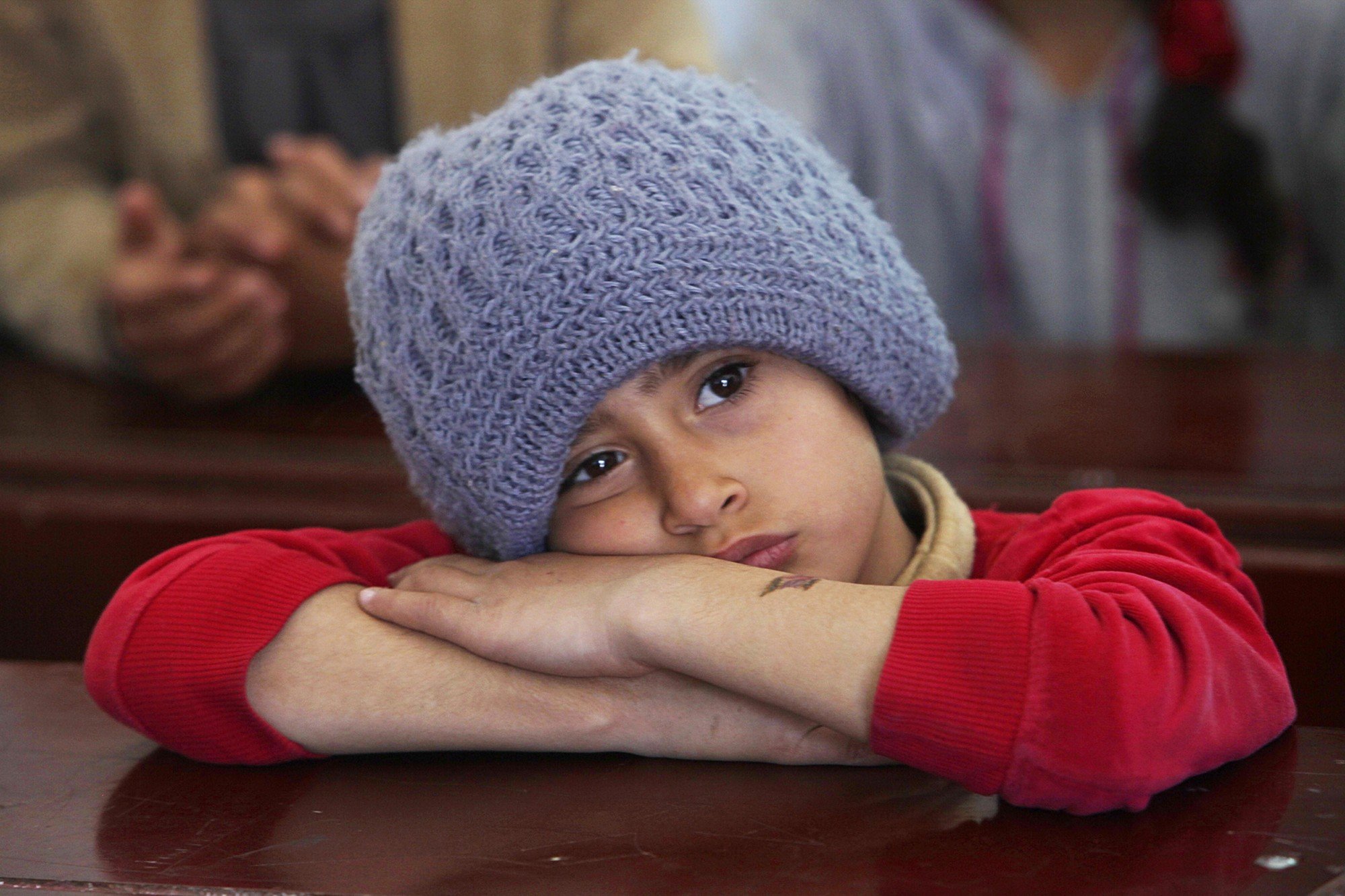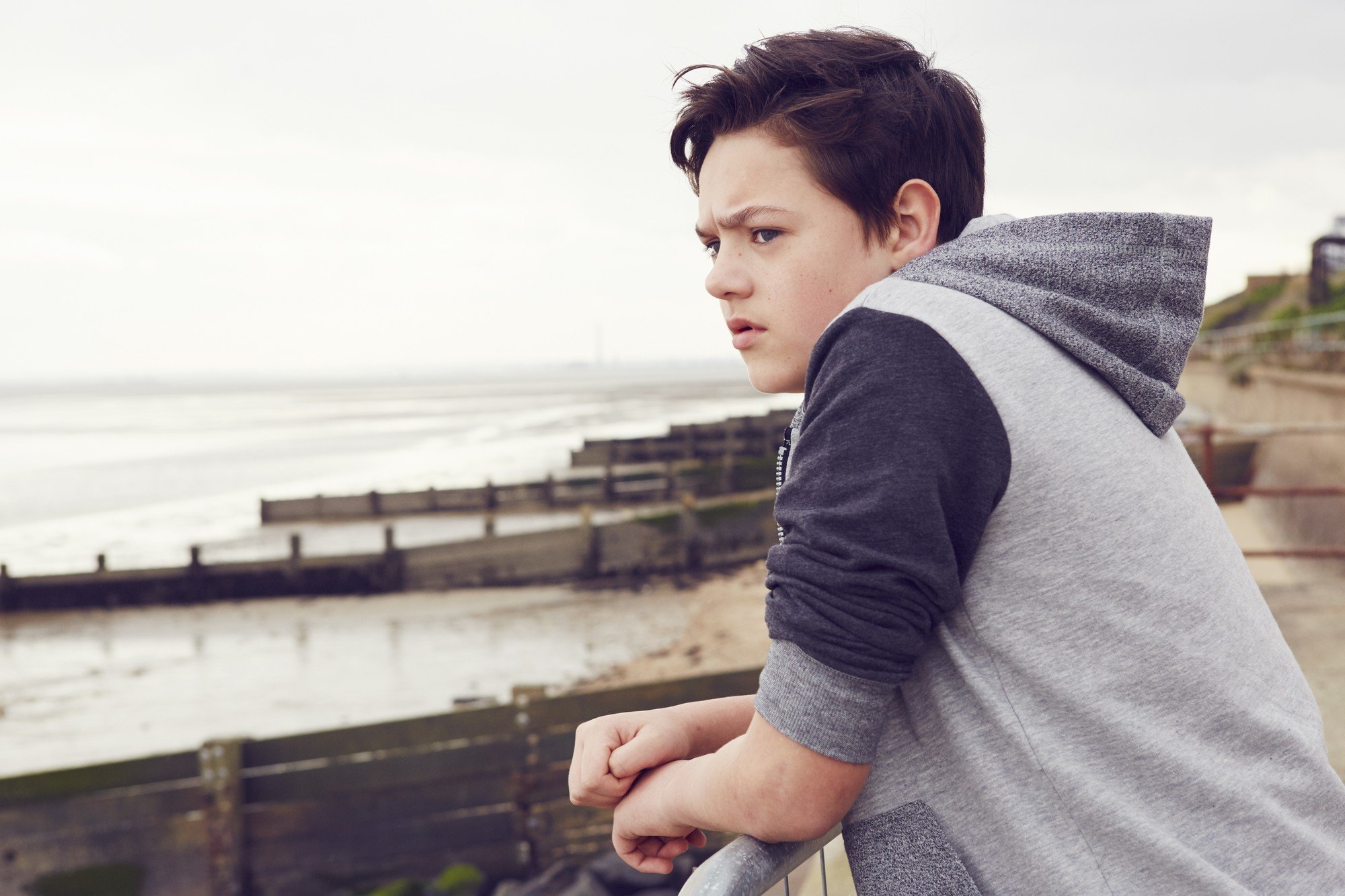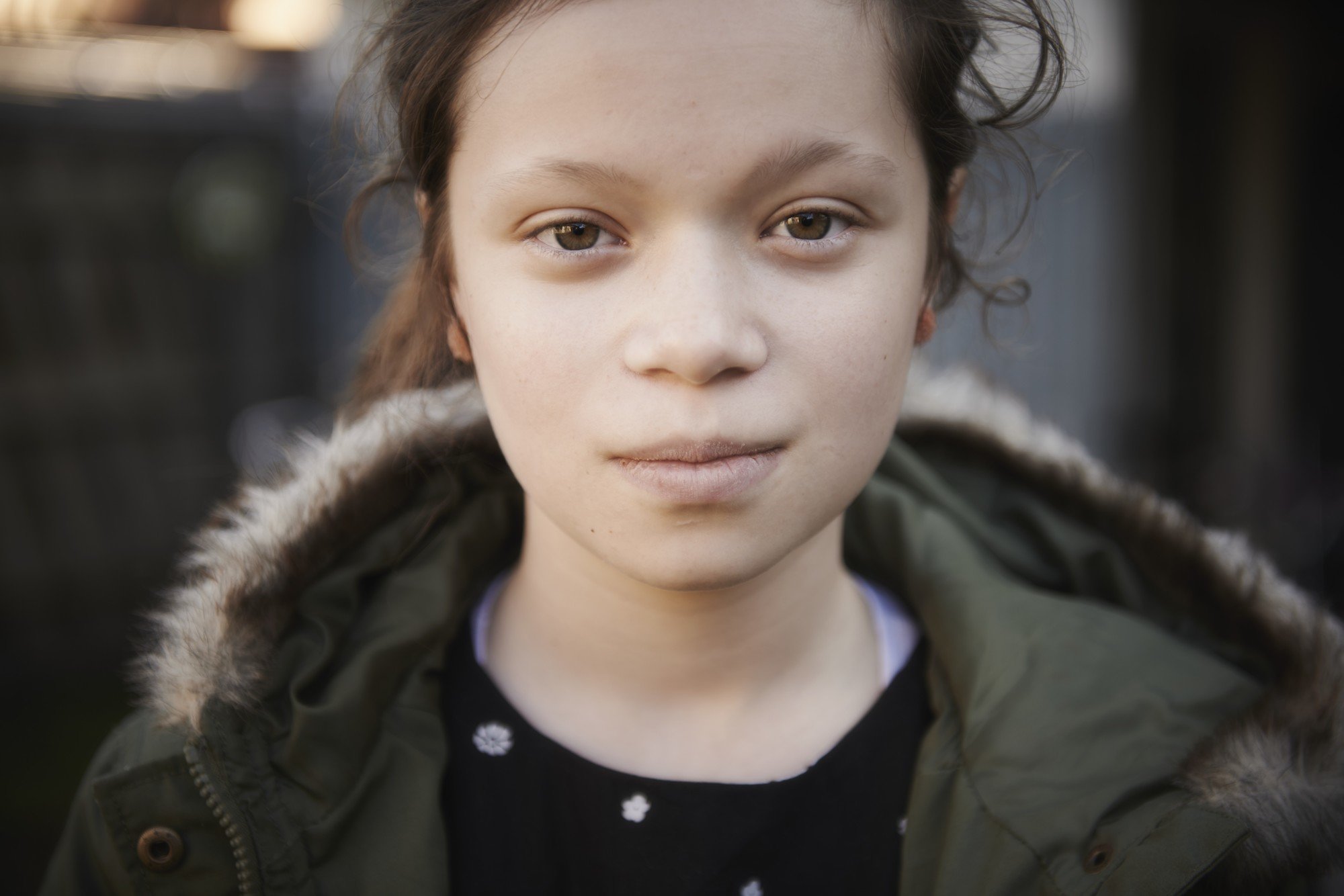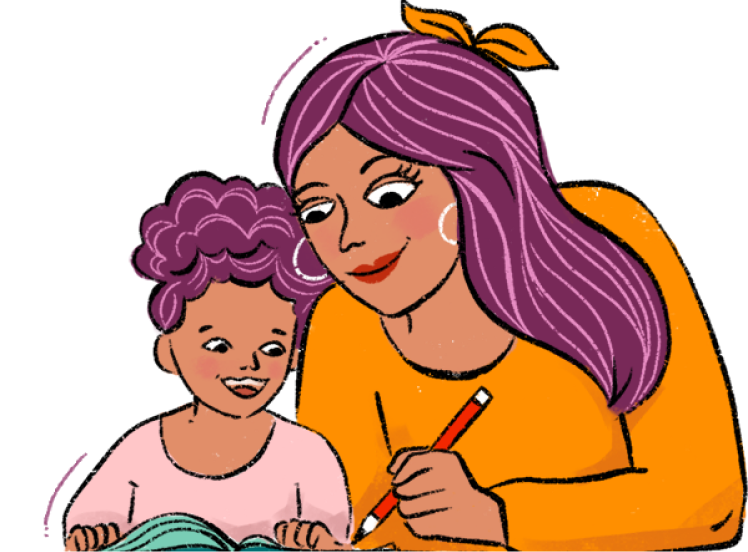There are times when growing up is just plain confusing and filled with emotions. But it's one thing for your child to be feeling blue and an entirely different thing for them to be depressed and having thoughts of suicide. Find out what signs parents should look out for to detect the early signs of depression.
Read more on ¿Qué más?: 10 Things you should NEVER say to your abuela
Images via Corbis
Startling statistics

"Latina girls have the highest incidence of depression among any other ethnic or racial group in the female adolescent demographic, and this has translated into an elevated rate of suicide," explains clinical psychologist Dr. Karen Caraballo. In fact, it's the third leading cause of death for Hispanic girls between ages 10-14, according to the Centers for Disease Control and Prevention.
It's important for parents to be aware of the signs early and seek professional help for their child, "because untreated depression can worsen, last months to years … and can lead to suicide," Dr. Caraballo adds.
Duration of Sadness

While it's normal for a kid to feel sad if they're experiencing changes like moving to a new city or new school, their parents separate or divorce, or there's an illness in the family. But if the sadness persists for more than two weeks and interferes with schoolwork, social activities, hobbies or special interests, it may indicate the child has clinical depression, says Dr. Caraballo. "It's depression when the sadness and mood changes become overwhelming, involve physical symptoms, and last for long periods of time," she adds. "And it keeps the child or teen from leading a normal life."
Changes in Behavior

While symptoms of depression in children vary, some common signs include changes in appetite, whether it's increased or decreased. Due to those changes a child can experience weight loss or put on some pounds. If your child is sleeping too much or too little, has vocal outburst or crying, trouble concentrating, thinking or making decisions, or experiences high levels of fatigue or loss of energy, it could be more than the common adolescent blues. "Social withdrawal within the family or friends context is often a really early sign," Dr. Roberto Blanco, child psychiatrist and assistant professor of psychiatry at the University of North Carolina, Chapel Hill, says.
Continuous feelings of hopelessness

If your child is being so hard on themselves that they constantly feel they're worthless or are weighed down by feelings of guilt, there may be more to their growing pains. The continuous feeling of hopelessness, withdrawing from friends and activities and physical complaints like having stomachaches and headaches with no medical reason, can indicate the onset of depression and could lead to thoughts of suicide. "Most people who consider suicide don't want to die," Dr. Caraballo says. "They see suicide as a solution to a problem and a way to end their pain."
Suicidal tendencies

If your child has a preoccupation with death or suicide in conversations, drawings, or writing, it may be a cause for concern. If they're displaying hostile behavior, giving away his or her belongings, or making suicidal statements publicly via social media or a letter, for example, "these signs should be taken seriously and parents should seek professional help immediately," Dr. Caraballo advises.
High Risk Activities

"All depression symptoms are serious but behaviors that require immediate intervention include: engaging in high-risk activities like drug use and sex, self mutilation like cutting and burning, and suicidal ideation like discussing plans to hurt themselves," Dr. Caraballo says. Furthermore, Dr. Blanco adds that "collecting medication, knives, hazardous chemicals and severe social isolation or writing goodbye notes to family and friends," are very concerning signs of depression and suicide.
Cultural Nuances

Discovering who you are as a teen is hard enough, imagine being a child or teenager from another country trying to fit into their new surroundings. "Compared to documented adolescents, undocumented adolescents were at greater risk of anxiety, and children in mixed-status families were at greater risk of anxiety and marginally greater risk of depressive symptoms," Dr. Caraballo explains. Furthermore, a large majority of Latino youth from immigrant households come from cultural backgrounds where it's unheard of to ask for help outside of the family or seek mental health services. The stigma and fear of being labeled as "loca" and "enferma mental" is real.



